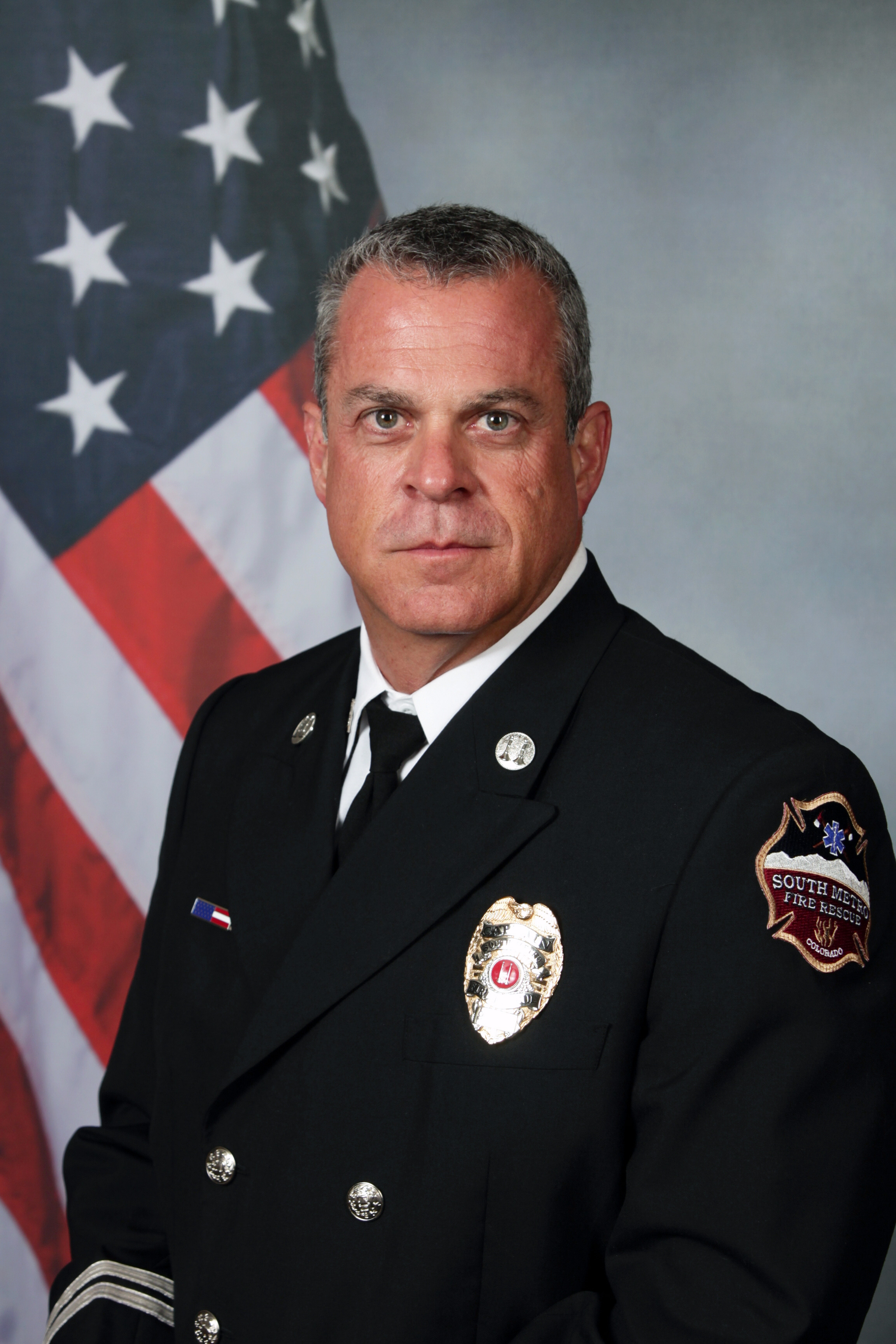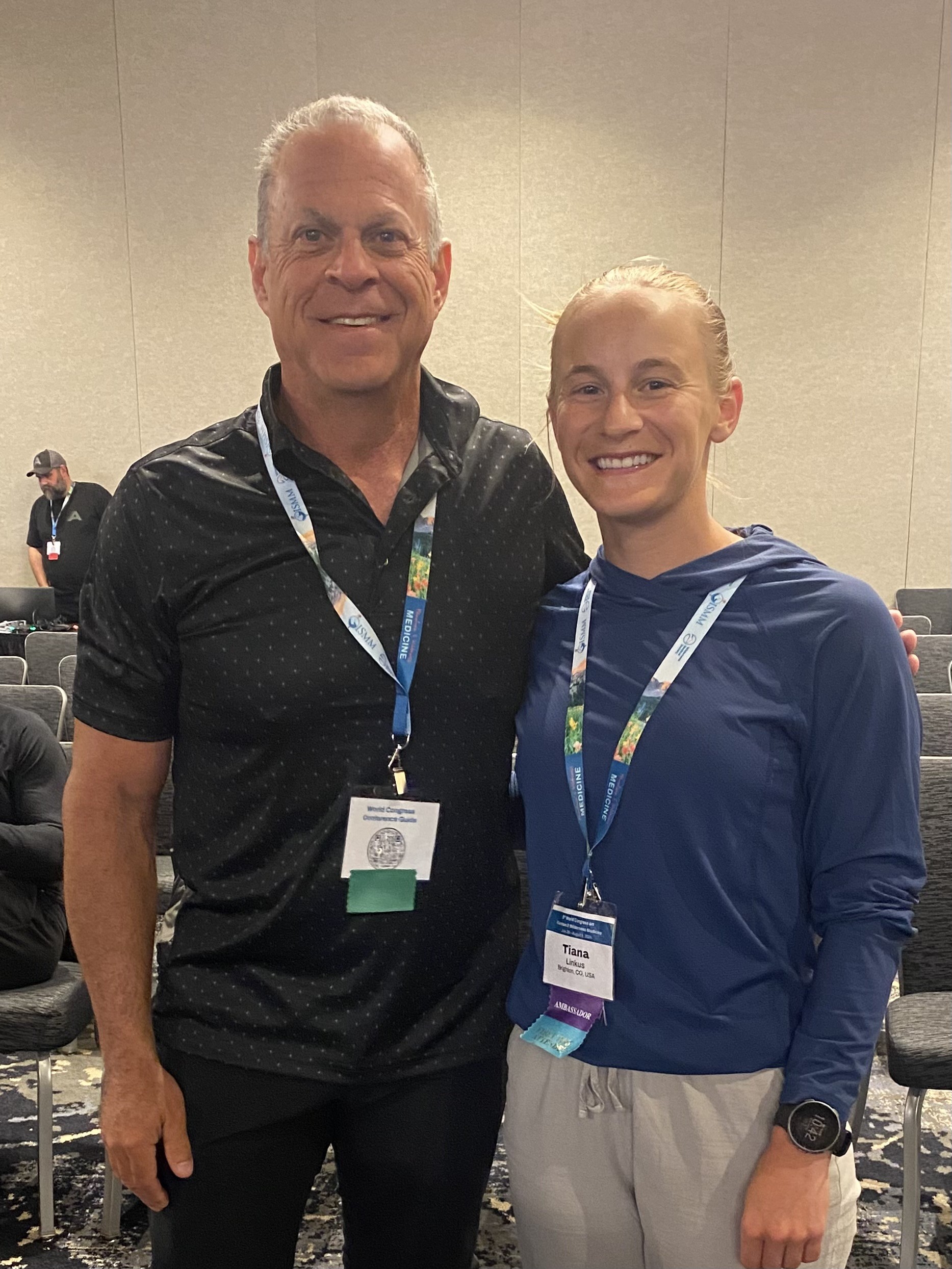2024 WMS Conference Student Ambassador, Tiana Linkus interviews one of this Summer Conference’s featured speakers, Dan Goldan.

Dan Goldan
A retired Fire Captain who worked 27 years with South Metro Fire Rescue in Colorado, Dan has over 40 years experience in the fire, EMS and rescue industries. On top of his long career in public service, Dan was the Dive Team Coordinator for South Metro as well as Boulder Emergency Squad, where he still volunteers today. He has been a scuba diver since 1991, a Public Safety Scuba Instructor since 1997, and a Corporate Trainer with Dive Rescue International since 1998.
He teaches recreational, technical, and public safety diving, as well as sonar search techniques, ice diving, drysuit diving, high altitude diving and both decompression and accelerated decompression techniques. He has authored the only known High Altitude Diving Protocols for the dive rescue industry, with tables going up to 14,000 feet of altitude. His passions in diving include multi-gas and multi-tank, deep, sidemount diving, as well as mentoring new instructors.
He is giving a talk on Altitude & Ice Diving and will be helping run a Diving at Altitude Workshop at the upcoming 8th World Congress on Mountain & Wilderness Medicine. We corresponded via phone call for this interview.
Tiana Linkus (TL): You have over 40 years of service in the fields of fire and emergency medical services, a very high number reflecting a lifetime of public service. How did you get involved in fire and EMS in the first place?
Dan Goldan (DG): It all started back when I was 19 years old. My neighbor was on the volunteer fire department at what was then Cherryvale Fire in Boulder County, Colorado. He talked me into coming to a meeting. I started on the fire side for a while. Eventually, I went to the University of Colorado and got my EMT-B in 1985. Our department then started working with Boulder Emergency Squad (BES), which at the time was the county’s technical rescue and water rescue team. I had to wait until I turned 21 to join BES, which I did in 1986 and I have been there ever since. I continued my career in fire as well, I got hired onto South Metro Fire Department in 1995. I eventually worked my way up to captain while also leading operations and training for the South Metro Dive Rescue team.
TL: How did you transition from working at BES and training in swift water rescue to becoming one the leaders in developing dive rescue protocols in the state of Colorado?
DG: When I was at BES in 1986, we had a dive rescue team. I got swift water certified, but I couldn’t afford to get dive certified since we did not offer in-house certification then. I would have to go to a dive shop for my certification and I couldn't afford it. At one of our annual awards banquets they were doing door prizes. Scuba Joe in Boulder had donated a dive certification and I just happened to win it. So, in 1991 I got my dive certification. After getting hired onto South Metro, I took a couple dive rescue classes and one of the corporate trainers recommended that I become a trainer and go to the instructor school. So in 1997 I became a public safety scuba instructor. In 2008 I did additional training to become a recreational instructor with Scuba Schools International (SSI). I have been teaching with the dive shop in Boulder since 2010 and then in 2012, I pursued my technical diving instructor certification.
TL: Outside of the world of dive rescue, in what other ways have you used your dive training?
DG: I have about 1,300 dives both recreational and rescue as well as technical. I have also done a fair amount of shark diving. I was actually terrified of sharks for a long time. I was 11 years old when Jaws came out. I was afraid of the ocean, afraid of getting in the water, especially at night. Then I went to the Bahamas in 1999 to face my fears. I did some shark dives there and then several years later ended up working at the Denver aquarium, diving in the shark tank from 2006 to 2013.
I have also done a fair amount of technical diving, which is anything beyond recreational limits- anything deeper than 130 feet, staying down longer, pushing yourself into decompression, or doing multiple gas tanks. I just like the challenge of something different. The technical side requires a lot of safety planning and redundancy and a lot more gear. It is a big dive plan, which I find fun.
TL: You have authored the only known High Altitude Diving Protocols for the dive rescue industry, with tables going up to 14,000 feet of altitude. How did you become one of the small number of experts in the world of high altitude diving?
DG: It was a need. We got called to St. Mary’s Glacier for a dive rescue for a kid who had tried to swim across the glacier lake. We were at about 11,000 feet and we realized we didn't have any tables that go that high or any information on the depth of most of these mountain lakes. There were a lot of unknowns. So we started to identify the need for that. Another one was a dive recovery call at Grand Lake. The divers had to come over Berthoud pass [11,300 ft.] on the way home and did not know how to do so safely. That was when, for me, I realized we needed to figure out what exactly we can and can't do when it came to high altitude and diving.
TL: So, what is the highest you have dived?
DG: The highest I have dived is about 12,000 feet. I have also done decompression dives up at about 9,000 feet where we went down 135 feet.
TL: What contribution to the world of dive rescue/ dive medicine are you most proud of?
DG: One of the things that I am most proud of is that between BES and South Metro Fire we are part of a six agency dive rescue team in the Denver metro area with about 120 divers. We have standardized everything, because I ran the teams in Boulder and the team for South Metro, anything I did at one department I did at the other. We agreed on standardized equipment and policies and procedures, which has helped us to become some of the best in the industry. I am quite proud to have helped build the local teams up to be some of the top teams in the nation and to be leaving behind some really strong teams to go forward and be successful in the future.

Dan Goldan and Tiana Linkus at the 2024 Summer Conference